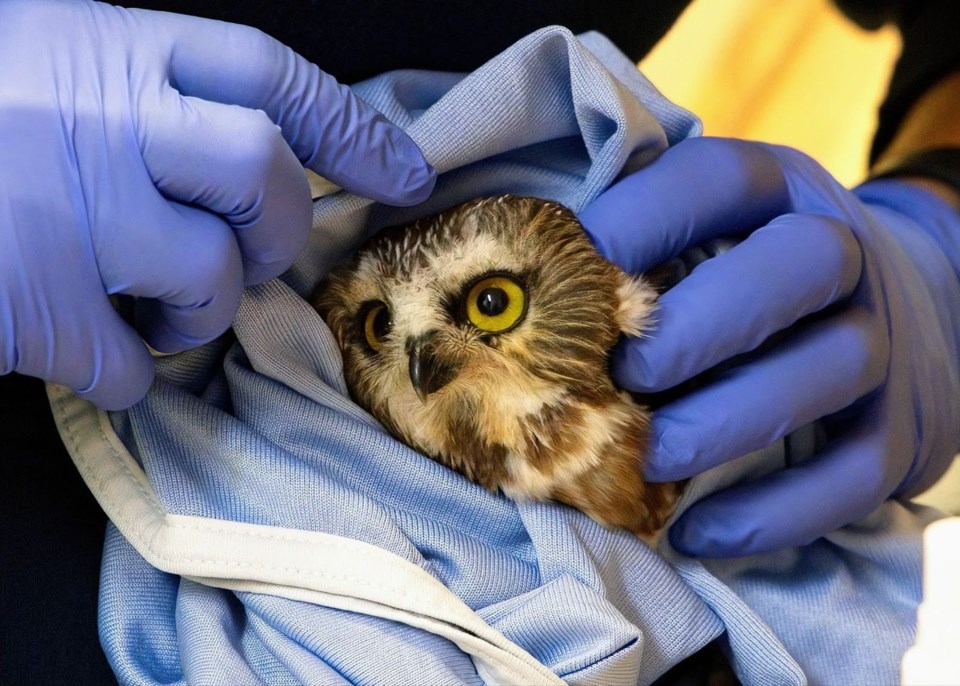As the giving nature of holiday season blends into the new year, the Wildlife Rescue Association of BC reminds the public their mission to provide care and rehabilitation for animals in need remains a 12-month proposition that requires continued support.
The non-profit association has operated from its Burnaby facility since 1979. In 2021 it rescued an estimated 6,000 animals - the highest total on record - and answered 32,000 enquiries, telephone calls and emails, from the public on its helpline.
It’s evident, the need for care never ceases.
Helping keep that service operating is a small group of dedicated staff and a legion of around 200 volunteers, said Jackie McQuillan, the association’s support centre manager.
“Our volunteers do everything from answering calls on our helpline, to transporting sick, orphaned or injured wildlife to our hospital, taking patients out for release, providing animal care, and even doing data entry and other administrative roles,” McQuillan says.
“Without them, we couldn’t do what we do. They make up the core of who we are.”
And what the association does is offer hope to needy and injured wildlife, from not only the Lower Mainland, but around the province—and beyond!
“It could be someone finding an injured bird or mammal in their backyard, or answering questions about any type of urban wildlife conflict,” McQuillan says. “Maybe it’s a skunk that has taken up residence under a homeowner’s shed, or a bird caught in a chimney.”
In cases such as that, the organization provides guidance to deal with the situation that serves both wildlife and the people involved.
It also runs an animal hospital for those requiring treatment.
While the association has grown in relation to the rising need for care, it has had to currently focus its efforts on wild birds and bats, and diverts all other calls to facilities that can provide assistance.
“Over the years we have continued to grow, so our patient numbers have also grown year over year,” McQuillan says. “And at this point we are taking in more than 5,000 injured birds and bats annually.
“Plus, we get, on a fairly regular basis, animals that are flown to our facility from more rural areas that, maybe, don’t have a wildlife rescue,” she adds.
Helping support the financial needs of the association are generous donations from the public and business sectors.
“It’s the kind members of the public and businesses that look to us to help fill a need in the community when it comes to having a place to take injured wildlife and answer questions,” McQuillan says. “Those donors see the value in what we do and have made the decision to step forward and donate.
“Without that support we couldn’t provide care and assistance to wildlife.”
While the association’s fundraising efforts are conducted throughout the year,
during this holiday season, it compiles a Gift Guide as a part of its holiday fundraising campaign.
“People can go on our website and view our holiday gift guide, which is a great way to provide a donation to support the work we do, and, at the same time, provide a gift to a family member, friend or neighbour,” McQuillan says.



